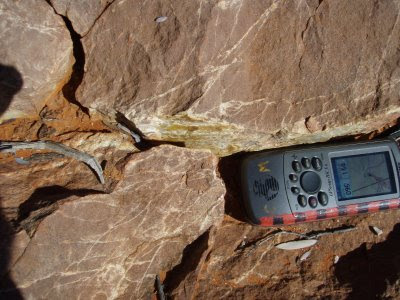When is Pyrex not pyrex?
When sold to American housewives, of course.
I recently had to look up the composition of Pyrex glass, and in the process I came across this interesting article in Consumer Affairs.
As everyone who has worked in a lab knows, Pyrex is a borosilicate glass. This is important because this glass composition has a much lower thermal expansion coefficient than standard soda-lime glasses, making it more resistant to rapid changes in temperature.
Evidently, Corning got out of the consumer products business a decade ago, and then sold licenced the US rights to the Pyrex brand to another company. They now use the pyrex brand on a non-borosilicate glass product. These new products are tempered ordinary soda-lime glass, which is more heat resistant than ordinary window glass, but can still explode, according to consumer reports.
Tempered glass is made by cooling the outer layers of glass faster than the glass can conductively equilibrate. As the core of the glass then cools, it contracts, drawing the outer layers of the glass into compression, while putting the core under tensile stress.
Figure 1. Tempering glass
Just like rocks, compression decreases the ability of fractures to propagate, so the glass is stronger.
The tempered ovenware manufacturer has been very lawyerly about catastrophic dish failure, which means that it is up to us bloggers to speculate about causes.
In order for tempered glass to work, the glass must not undergo annealing at its operating temperature. The compressed and tensile layers are not in equilibrium, so if the rate of internal diffusion becomes fast enough to allow the strain to anneal out, the glass will at best lose its temper, and at worst fail catastrophically.
Diffusion rates obviously temperature dependent, but they also depend on composition. We also know that on historical timescales, hydrogen diffuses into window glass while alkalis leach out.* So a testable hypothesis is this:
Some combination of H-rich foods and baking temperatures accelerates the diffusion of H into the bakeware. This lowers the annealing point below baking temperatures, causing differential annealing and catastrophic failure.
This hypothesis should be easily testable** by even the most cash-strapped geology departments, so if any of you folks are setting up summer undergraduate research projects, here’s your chance to combine rheology and home economics.
* My dad must have read this study when I was a kid, because he depth-profiled Na and H in the shards when I hit a baseball through the garage window...
** If you go for it, please BE SAFE! Exploding hot glass = huge safety issue.





























